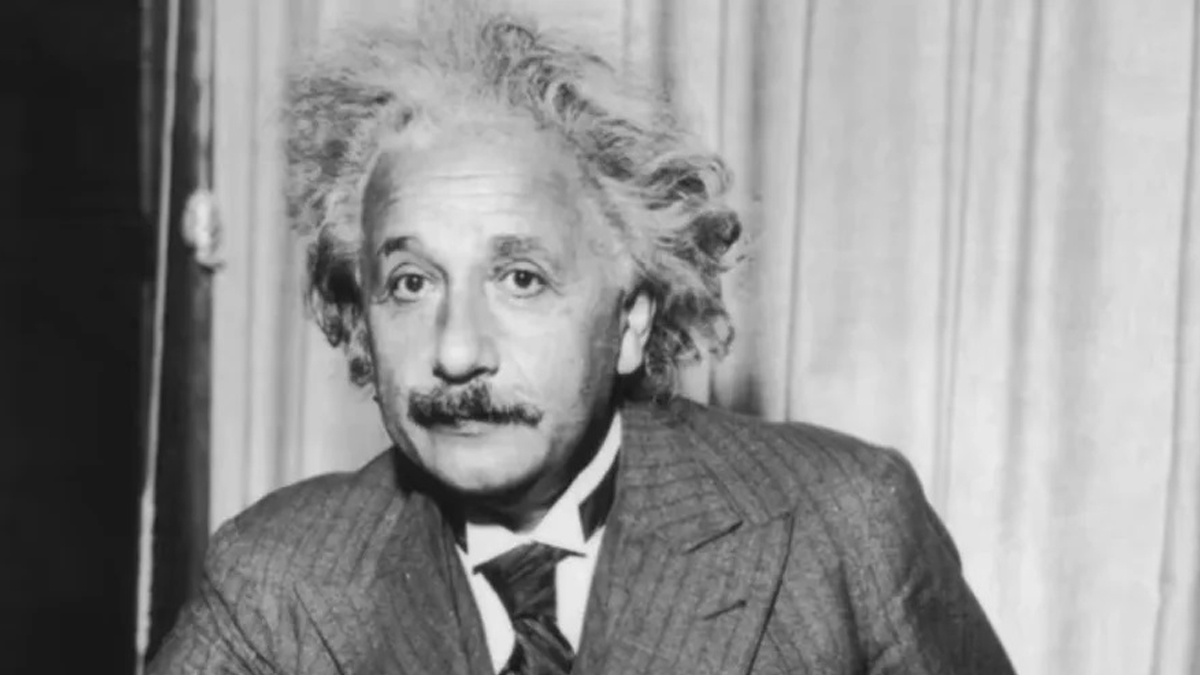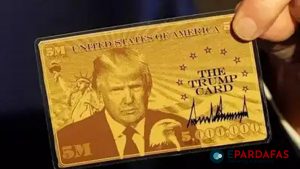
Albert Einstein’s Historic Letter on Nuclear Weapons to Be Auctioned

A two-page letter written by Albert Einstein will go up for sale at Christie’s auctions in September, with an estimated value of $4 million.
In the letter Einstein warned Franklin Roosevelt, who at the time was president of the USA, that Nazi Germany could use nuclear research to invent an atomic bomb.
Einstein’s letter, written in a cabin on the north shore of New York’s Long Island with a fellow scientist, Leo Szilard, warned that the German government was actively supporting nuclear research and could make “extremely powerful bombs” of the kind that it was finally settled by the US at the end of World War II.
He urged the US government to do the same. And Roosevelt responded by forming a committee that was a precursor to the Manhattan Project led by J Robert Oppenheimer, which built the bombs that were dropped on Hiroshima and Nagasaki in Japan, ending World War II and ushering in the nuclear age.
The letter that the father of the general theory of relativity about space and time sent to the president is in the Roosevelt Library and Museum in Hyde Park, New York. But the second, signed and slightly shorter version is being sold as the estate of late Microsoft co-founder Paul Allen.
Allen, a collector of sorts who loved an art collection that recently sold at Christie’s for $1.6 billion, as well as almost anything Jimi Hendrix, bought the paper from publisher and presidential candidate Malcolm Forbes in 2002 for 2.1 dollars. The Wall Street Journal said it was the first historical document of the 20th century to reach $1 million.
Forbes had previously purchased it from Szilard’s estate.
Christie’s has a history with Einstein relics. She previously sold the physicist’s so-called God Letter, in which he wrote that “the word God is nothing but an expression and product of human weakness,” for almost $3 million in 2018.
But the paper is unlikely to break the $13 million record set in 2021 for one of the few surviving records detailing his theory of general relativity.
- PM Oli Hails Thailand Visit and BIMSTEC Summit Participation as Fruitful and Impactful
- PM Oli Vows to Deepen Nepal-India Relations Following Productive Talks with Indian Counterpart
- Kathmandu Chokes on Toxic Air as Health Concerns Mount
- Myanmar Earthquake Death Toll Surpasses 3,300, UN Calls for Global Support












Comments